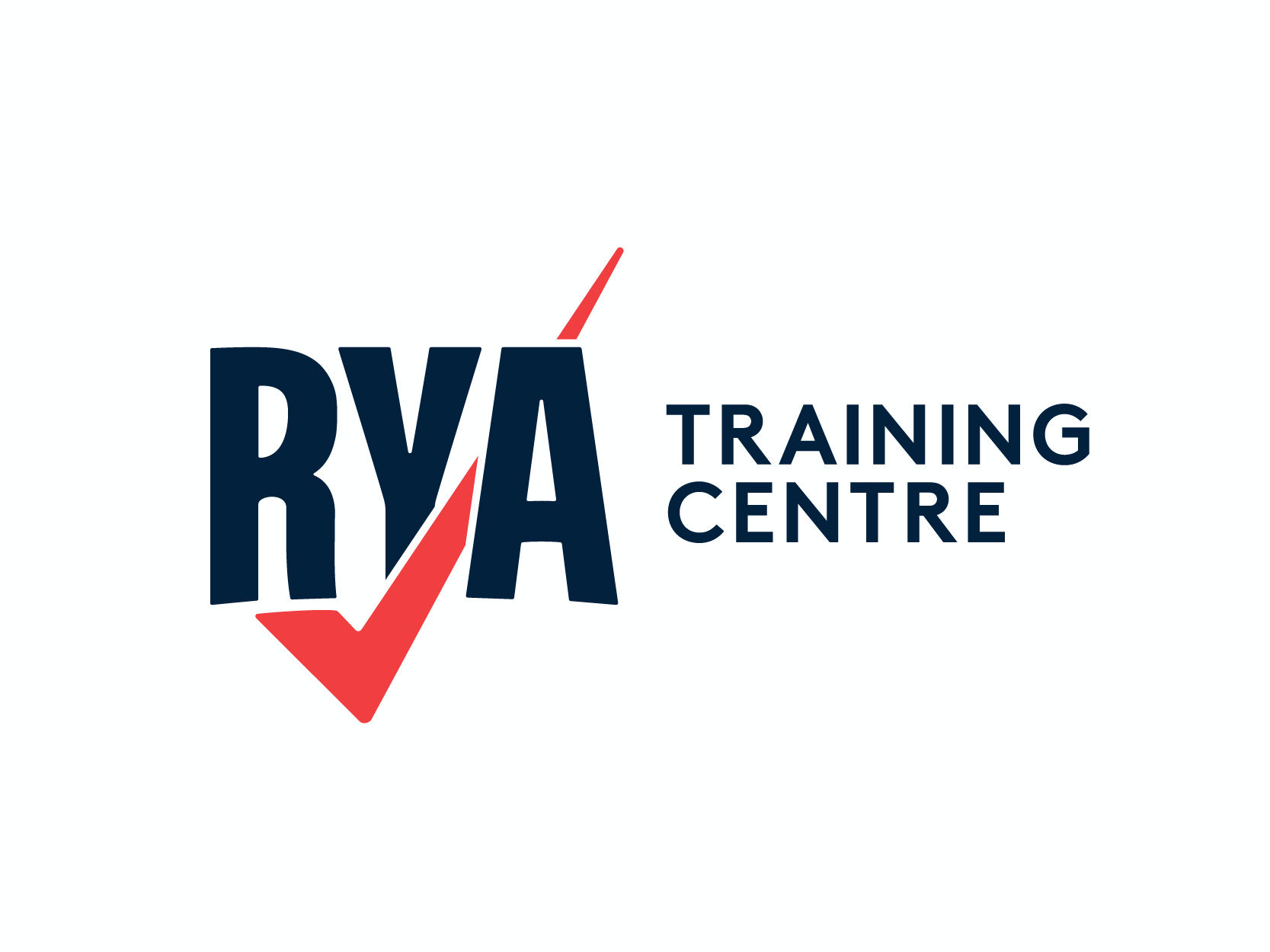The one-day course and assessment follows the RYA Personal Water Craft training syllabus. Riding a PWC safely is much more than being able to ride it in the direction you want to go. A basic understanding of tides, craft maintenance, navigation, buoys and ‘rules of the road’ are just some of the areas covered on the RYA Personal Water Craft course.
An increasing number of authorities are insisting on production of this certificate as proof of competence prior to allowing the launch of Personal Water Craft. By completing an RYA Personal Water Craft training course you will not only become a safer rider, you will also ensure your right to launch your craft nationally.
New Brighton is the perfect location for this course with direct access to the River Mersey which is the North Wests premier PWC / Jet Ski launching site offering an all year round riding experiance. Don’t own a PWC/Jet Ski no problem you can share the hire of PWC from us for further information on this venue and PWC hire complete the quick enquiry form or contact us on office: 0151 630 0466
RYA Personal Water Craft Course Syllabus
The following programme covers the subjects and skills taught, ashore and afloat, during the course. The programme is set out in the order in which it will usually be taught but local conditions or the weather on the day of the course may require a different teaching order.
INTRODUCTION – ASHORE
Layout of a PW controls propulsion and steering system. Fuel and Oil. Stowage compartment.
Personal equipment wet suit/dry suit, personal buoyancy, head and eye protection.
Checks on PW prior to launching.
Essential safety information. Kill cord, safe speed, local hazards.
LAUNCHING AND FAMILIARISATION – AFLOAT
Launching from trailer, board in shallow water and start engine.
Control at slow speed. Balance and trim.
Falling off and re-boarding. Capsize and righting.
Control at speed. Stopping distances.
COLLISION AVOIDANCE – ASHORE
Rule of the road applied to PWs, including:
Lookout.
Safe speed.
Priorities between different classes of vessel.
Overtaking, crossing and end-on approach rules.
Local rules speed limits and prohibited areas.
ORIENTATION AT SEA – ASHORE
Charts scales, direction and distance. Representation of land, shallows and deep water.
Buoys, lateral and cardinal, avoiding shipping channels, special buoyed areas for water-skiing etc., tides, high and low water and tidal streams.
ORIENTATION – AFLOAT
Following a planned route, identifying buoys and marks.
COLLISION AVOIDANCE – AFLOAT
Recognising potential collision situations and taking correct avoiding action.
PW CONTROL AT SPEED – AFLOAT
Slalom exercise.
EMERGENCIES – AFLOAT
Towing a disabled PW knots bowline and round turn and two half hitches.
On completion of this practical exercise, recover PW from water and prepare for trailing and storage.
WEATHER, SAFETY, COURTESY TO OTHER WATER USERS – ASHORE
Sources of significance of weather forecasts.
Lee and weather shores.
Safety and emergency equipment.
Courtesy to other water users and avoiding pollution.
Avoiding disturbance and damage to wildlife habitats.


